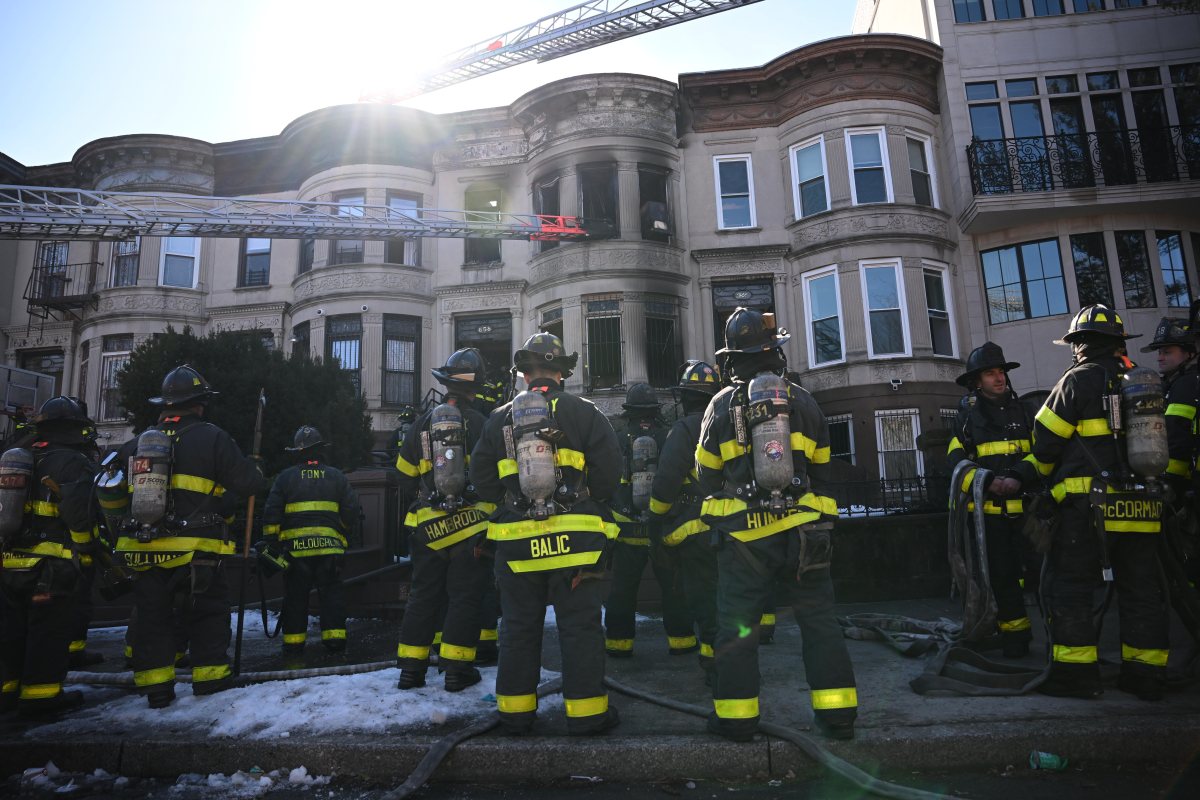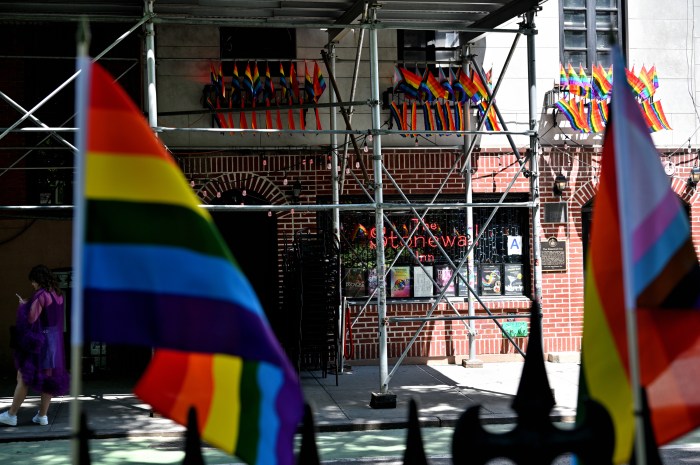
Those looking for some extra fin time to close out summer are in luck. A wave of ‘whalecome’ marine life is flooding New York’s waterways, from Coney Island to the Hamptons.
The New York Aquarium has released a list of the top 10 locations to see whales from the shore. Starting with the best area, the list includes Coney Island, Amagansett, the Hamptons, Fire Island, Jones Beach, the Rockaways, Sandy Hook, Long Beach Island, Lavallette and Point Pleasant Beach.
Melinda Rekdahl, marine conservation scientist for the Wildlife Conservation Society (WCS), said that, as a surfer, she tends to hang out at Rockaway Beach.
“I’ve seen a lot of whales there just from the boardwalk,” she said. “It’s also a hot spot for dolphins.”
The New York Aquarium, which is run by the WCS, has been studying marine life within the New York Bight, which includes the area from Montauk to Cape May, New Jersey, over the past few years. While it is still working on finalizing the specific data regarding the numbers of marine life in the area, aquarium senior scientist Howard Rosenbaum said this summer has seen “an impressive number” of whales and dolphins.
“Our research and conservation efforts in the New York Bight this summer have led to an impressive number of sightings of multiple species — some very close to shore,” he said in a press release. “We are actively working to generate the science needed to better protect them.”
Whales typically seen in the area include the North Atlantic right, sperm, sei, fin, blue and humpback, all of which are being monitored by the state as part of the New York Ocean Action Plan.
Rekdahl explained that the increased sightings are likely due to a combination of factors.
The past decade has brought about fishing regulations which have protected the populations that whales and dolphins feed on, specifically the Atlantic Menhaden which get within 50 meters to shore, attracting the whales. There has also been significant environmental legislation, including the Clean Water Act, which has improved the marine ecosystem.
“People who are on the beach or surfing will see them,” Rekdahl said. “We’ve had an incredible number of whales coming right into the [bight]. … We’ve just been going in there and will see four to five animals at a time which is amazing.”
Climate change has also played a part in the increased sightings. The changes in currents and migratory patterns of whale prey are likely contributing to the marine mammals moving into New York waters. Research has shown that many marine animals travel to the area from the Gulf of Maine to feed.
But even though climate change has expanded the marine diversity surrounding New York, Rekdahl said that it could also cause issues, particularly for endangered marine species.
“When they leave their habitats and migrate to areas to feed where there are no protections in place, that’s when it gets concerning,” she said. “We need to understand how they’re moving and where they’re going to help protect them.”
The city and residents should also be wary of driving out whales and other marine life. Limiting pollution, marine construction and pipelines and interactions with the animals will help protect the animals, she said.
To help with research and understanding these patterns, Rekdahl urged people to report whale sightings to the New York Aquarium with a description of the animal and the location. Those who see whales while on a boat should stay “quite a distance away,” she said.
“Whales and dolphins in particular are such charismatic fauna and they really captivate people’s attention. They provide an opportunity to bring people who are living in such a busy city to the natural wildlife that exists in the city,” she said. “It’s an incredible opportunity to teach people about the diversity in marine life and that we have to protect it.”
Top spots to see whales
Experts from the New York Aquarium have revealed 10 spots with your best chance to see the great sea creatures.
1. Coney Island/New York Aquarium
2. Amagansett
3. The Hamptons
4. Fire Island
5. Jones Beach
6. Rockaways
7. Sandy Hook
8. Long Beach Island
9. Lavallette
10. Point Pleasant Beach
What to watch for
- Humpback whale: Adults can be 50-55 feet and possibly bigger. They often breach and slap their fins on the water.
- Bottlenose dolphin: The dolphins are around 13 feet long with a large dorsal fin. They are typically seen near the shore and in groups.
- Minke whale: These 20-30 foot long whales can be seen with their heads and dorsal fins in quick succession.
- Fin whale: These massive sea creatures can get up to 80 feet long are often farther away from shore, but their spouts are sometimes visible from land.
- North Atlantic right whale: This threatened species — the aquarium reported there are fewer than 411 in the wild — can be more than 50 feet long with a unique V-shape spout. (AMNY)
Source: New York Aquarium
Read More: Here are some basketball programs in NYC that your kids will enjoy
































